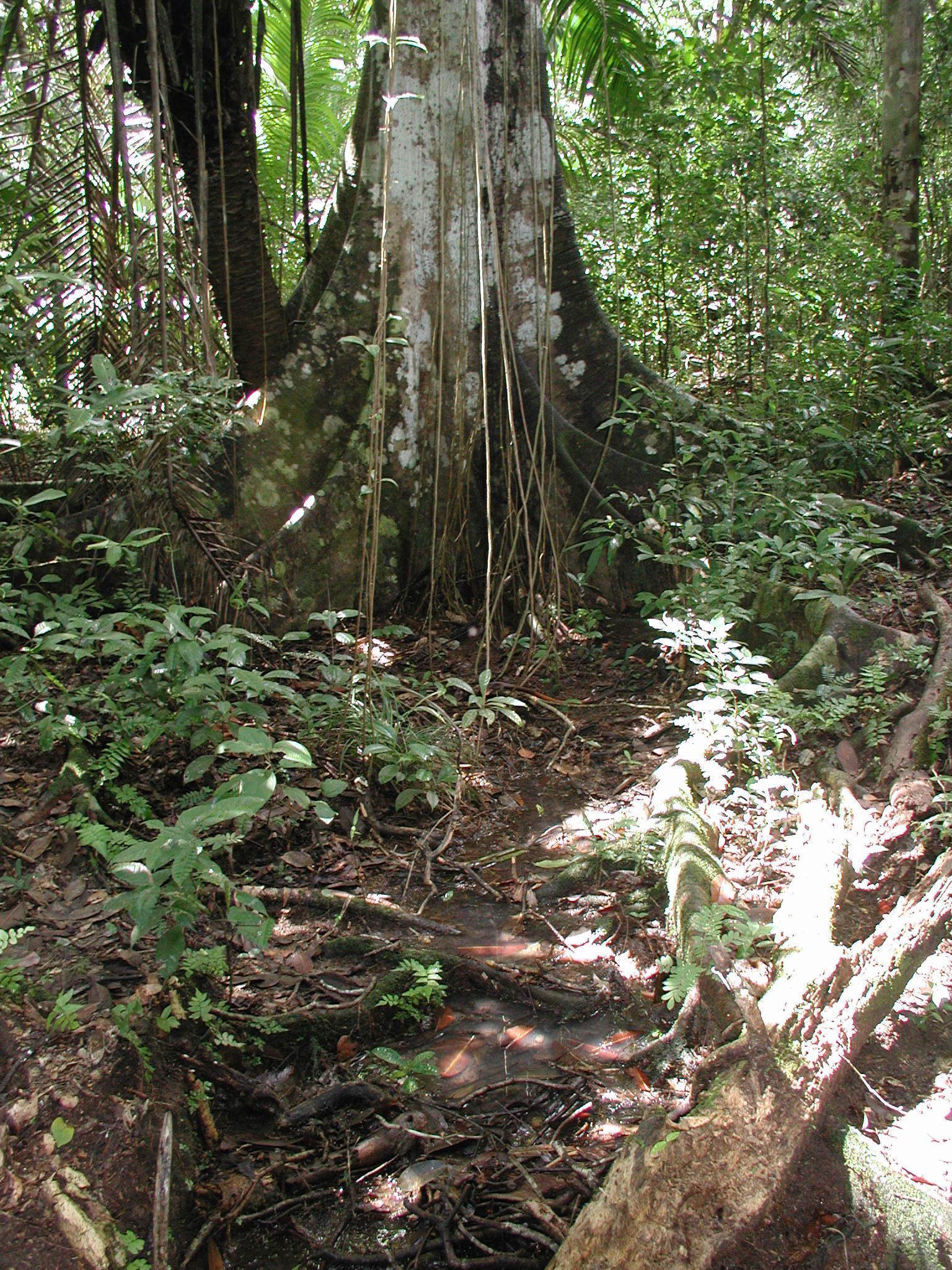
Predicting Methane Dynamics during Drought Recovery
A new model predicts small-scale differences in methane emissions from tropical soils on a hillside during drought and recovery.

A new model predicts small-scale differences in methane emissions from tropical soils on a hillside during drought and recovery.
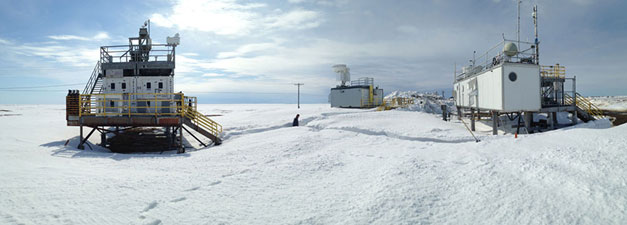
Six years of radar data from the Atmospheric Radiation Measurement (ARM) user facility site in Utqiaġvik, Alaska provide important details on how secondary ice particles form in Arctic clouds.
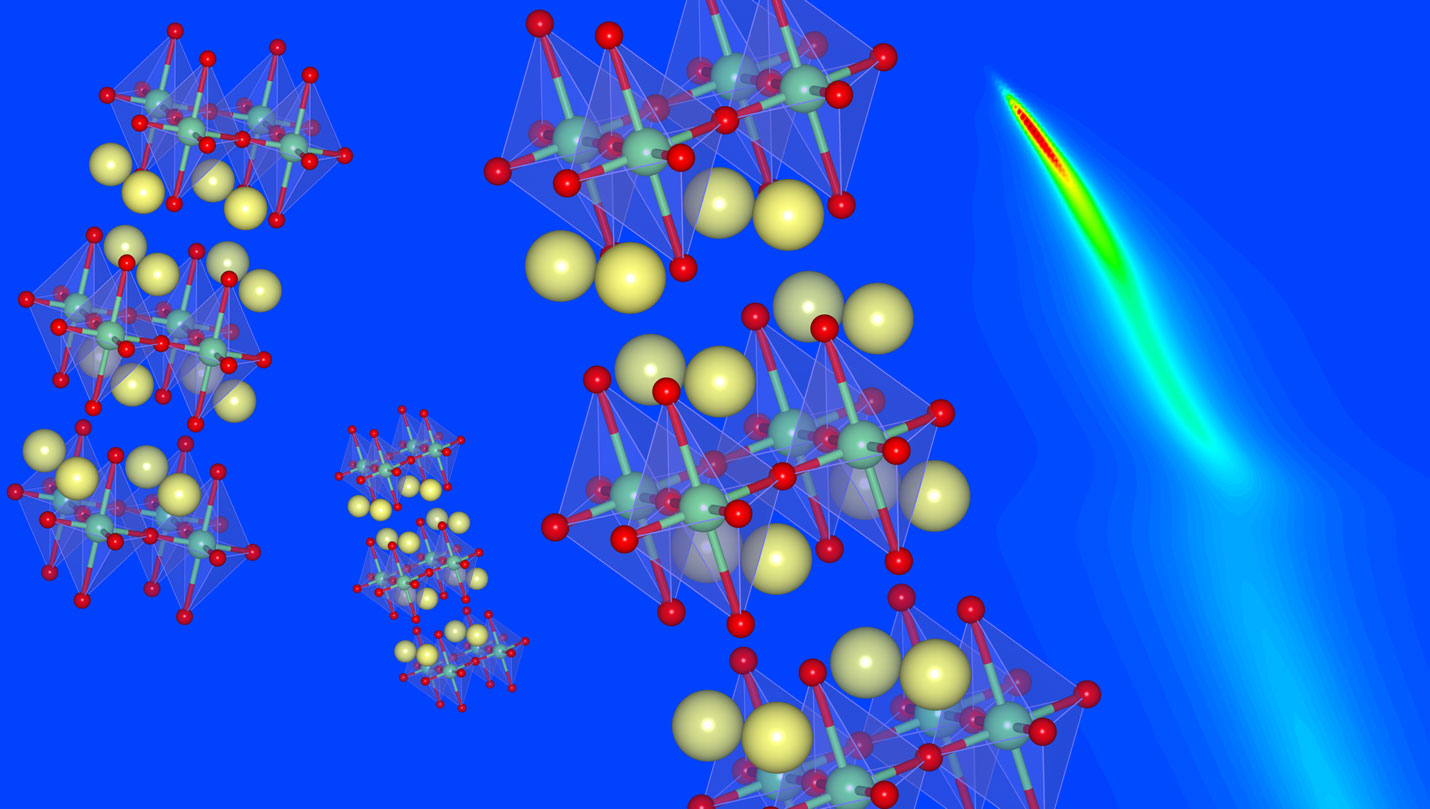
Physicists use the Summit supercomputer to better understand a family of superconductors.
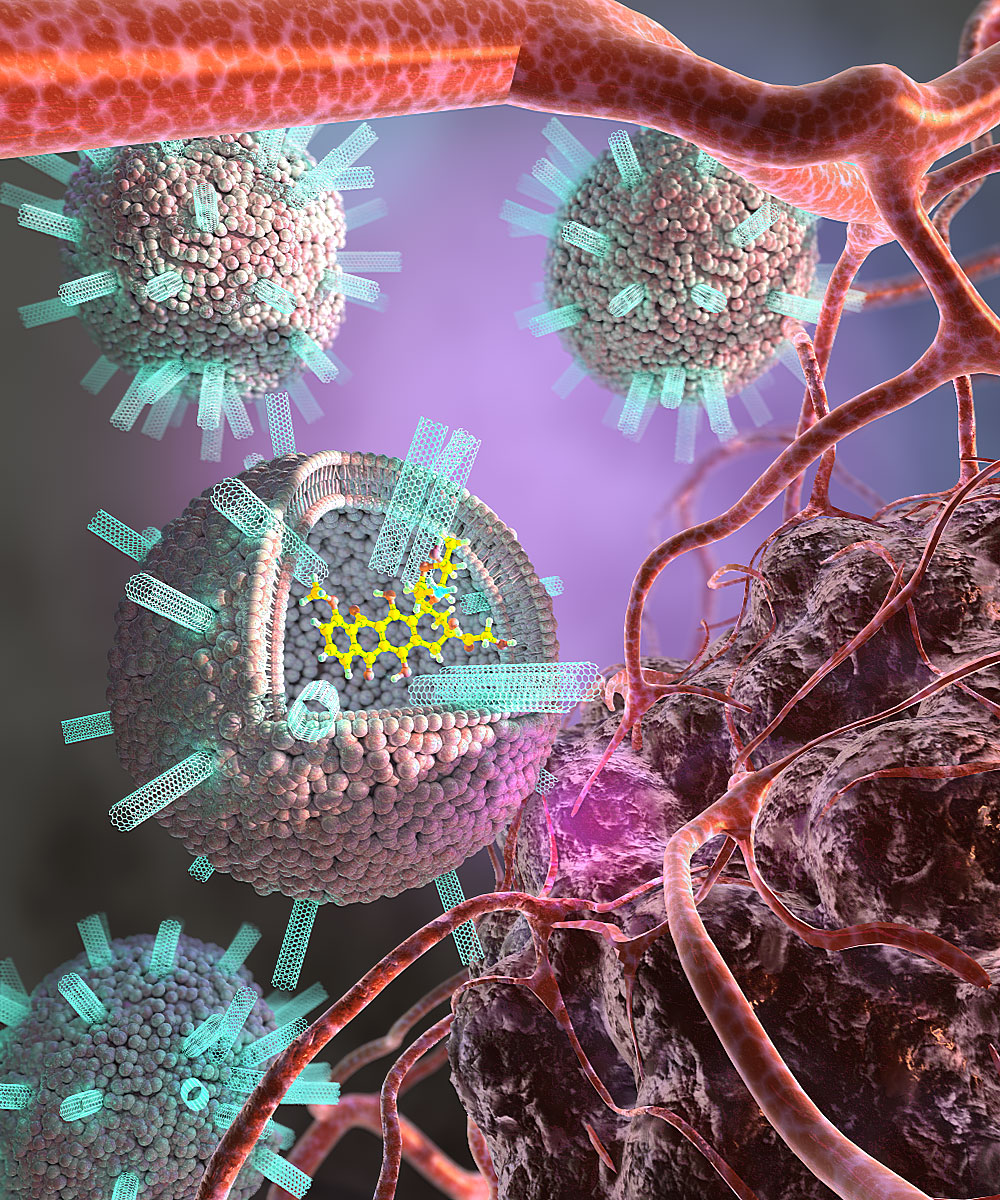
Short carbon nanotubes in liposome membranes help fuse the liposomes and cancer cells to directly deliver a cancer-killing drug.

NextGen power sources may satisfy the need for long-term, compact power for use in remote or extreme environments.
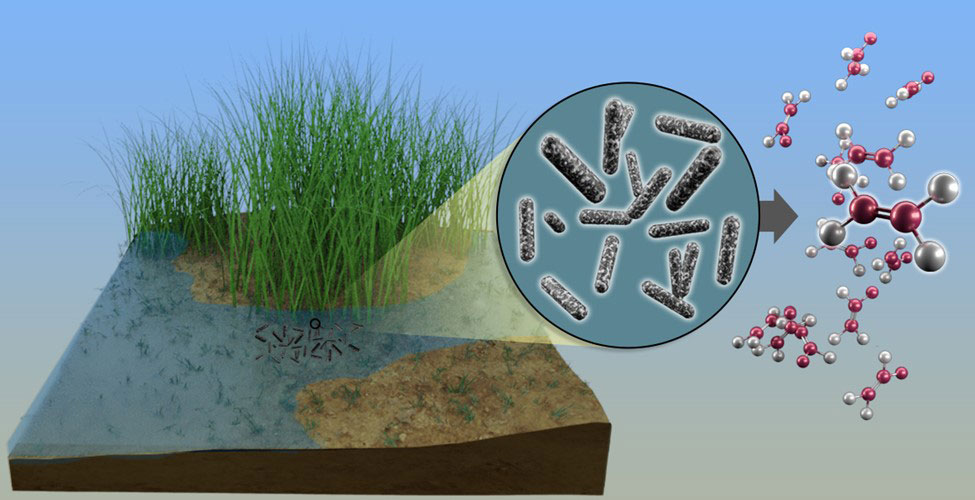
An enzyme system frees sulfur from small organic compounds to make a surprising gaseous side product.
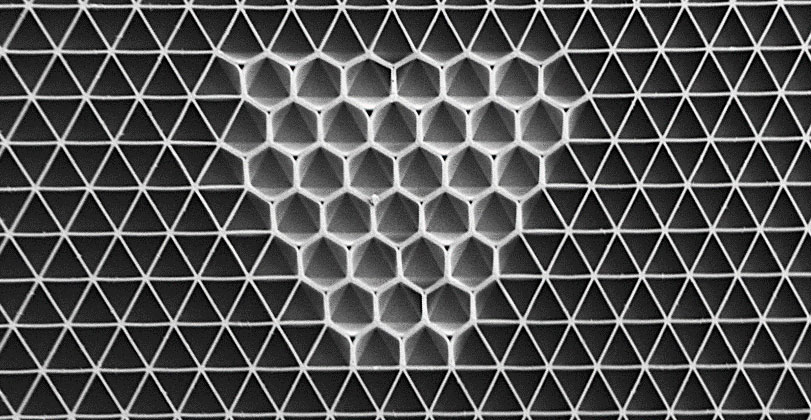
Liquid acts across multiple scales to reorganize connectivity in networks of artificial microscopic cells.
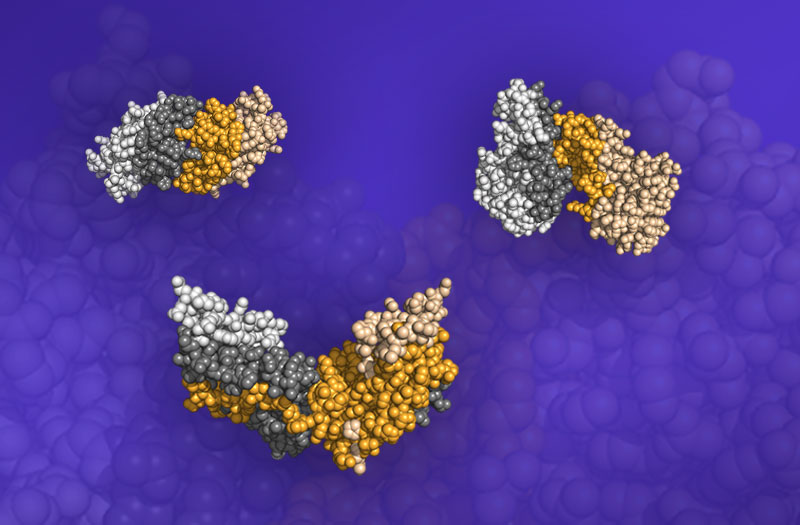
A team using the nation’s fastest supercomputer to look at protein binding finds that some binding processes are simpler than expected.

The tropical Madden-Julian Oscillation (MJO) rainfall pattern brings change to non-tropical parts of the United States.
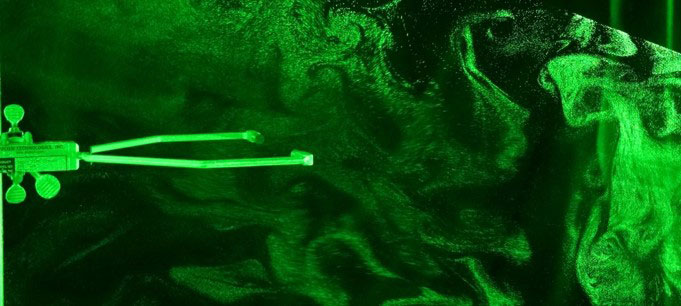
Turbulent air in the atmosphere affects how cloud droplets form. New research changes the way scientists model clouds and, therefore, climate.
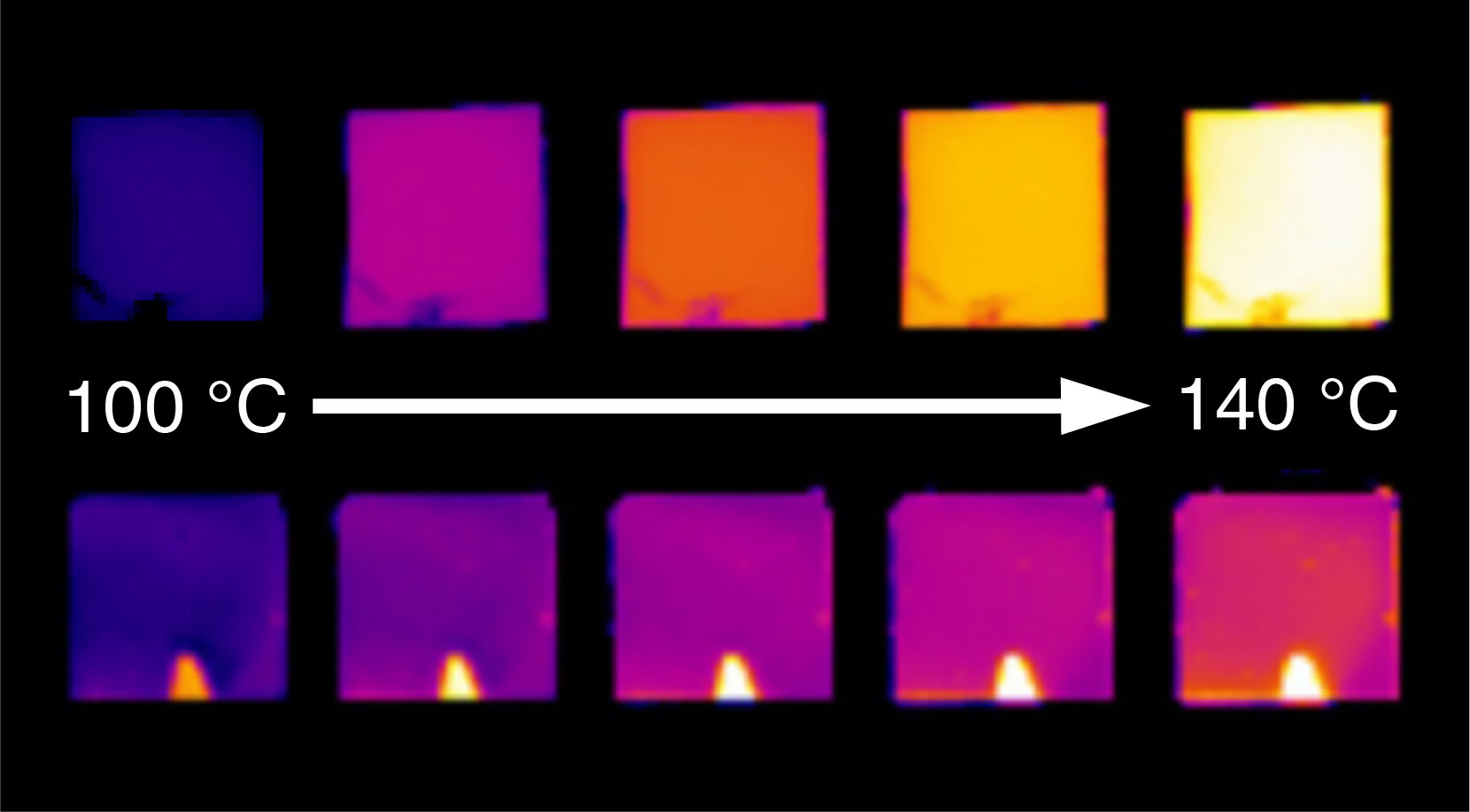
A unique coating camouflages the temperature of an underlying material
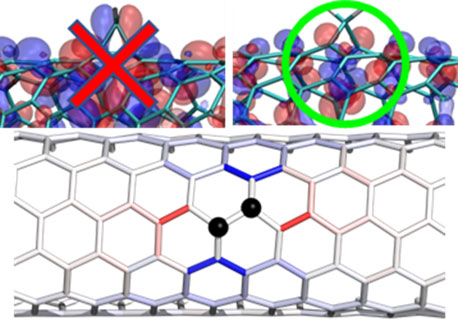
Nanotubes with designed defects allow better performance for next-generation optical telecommunications.